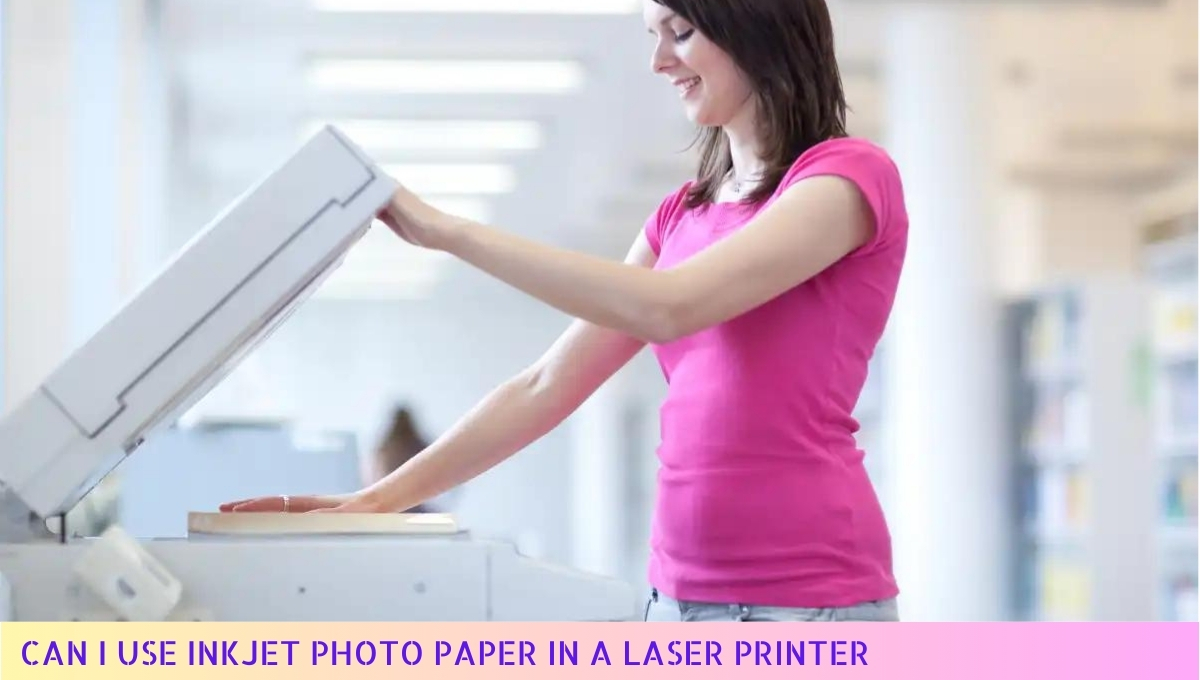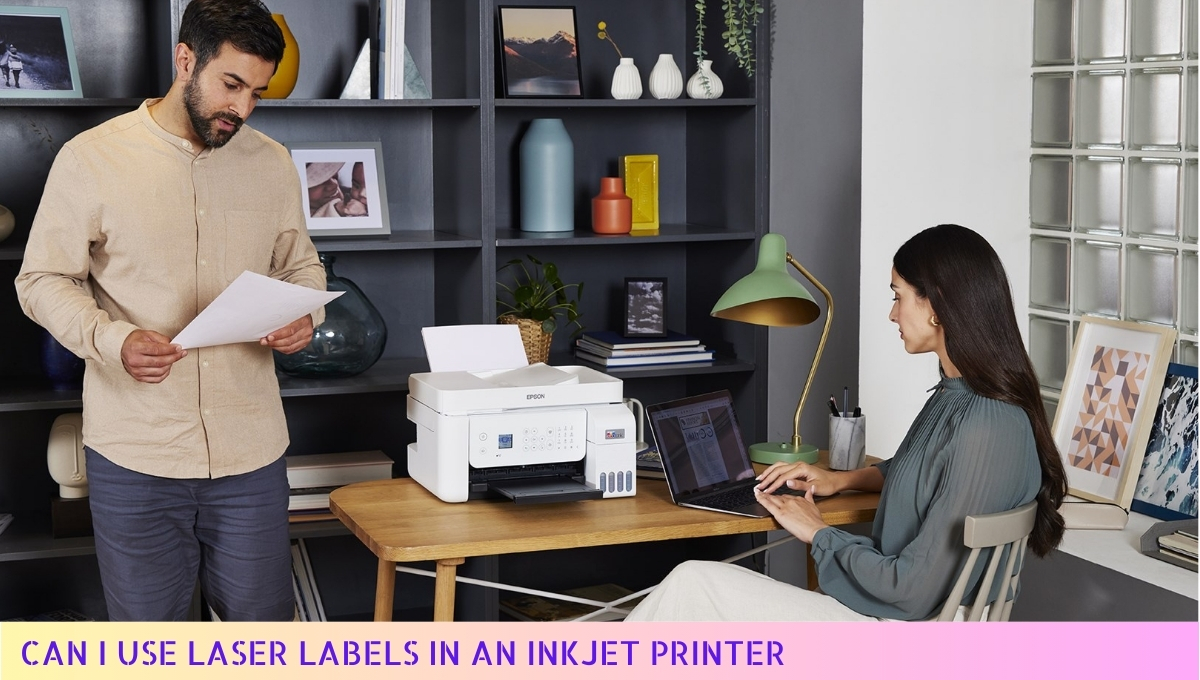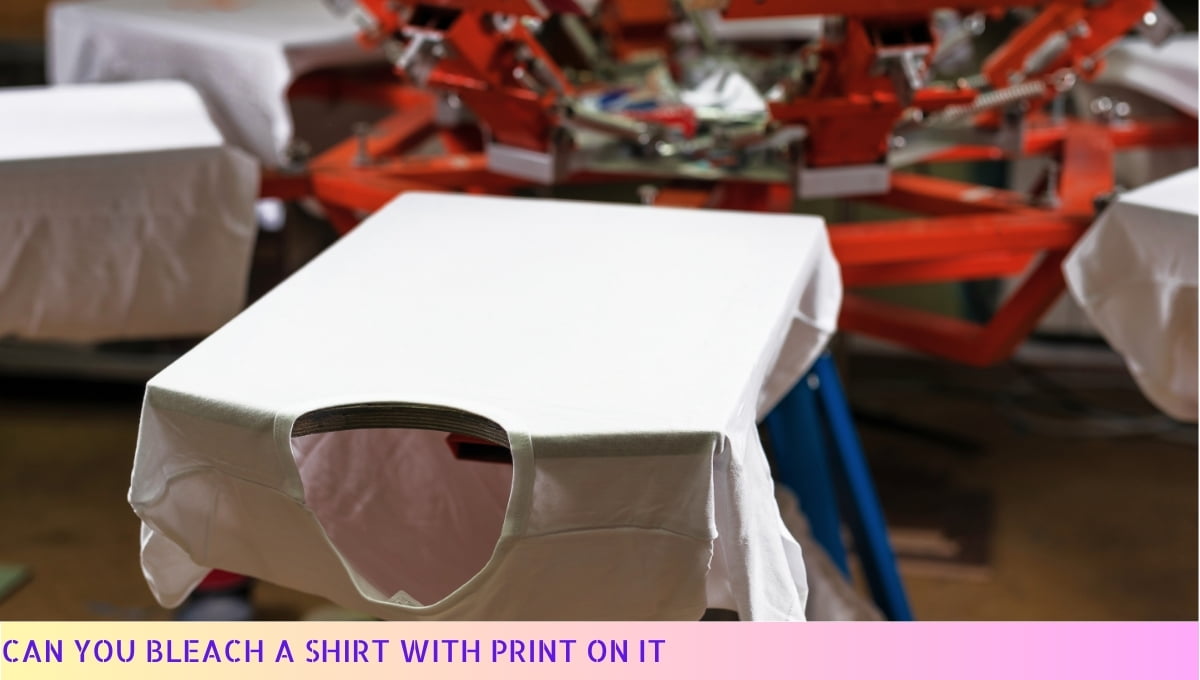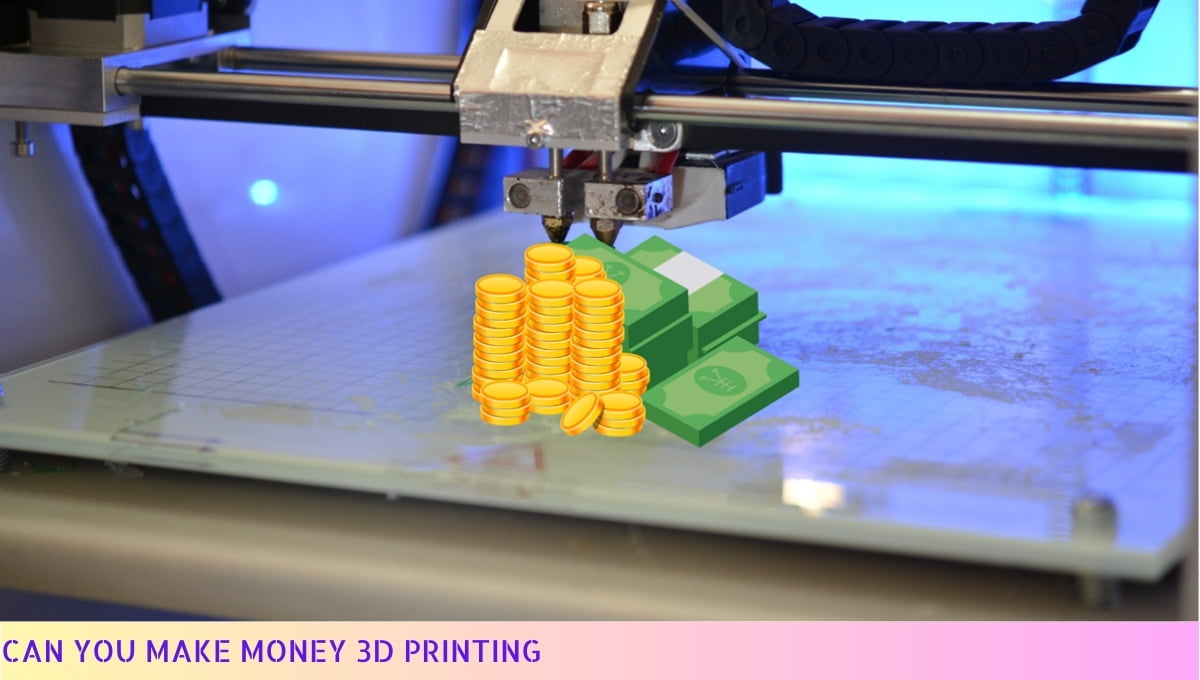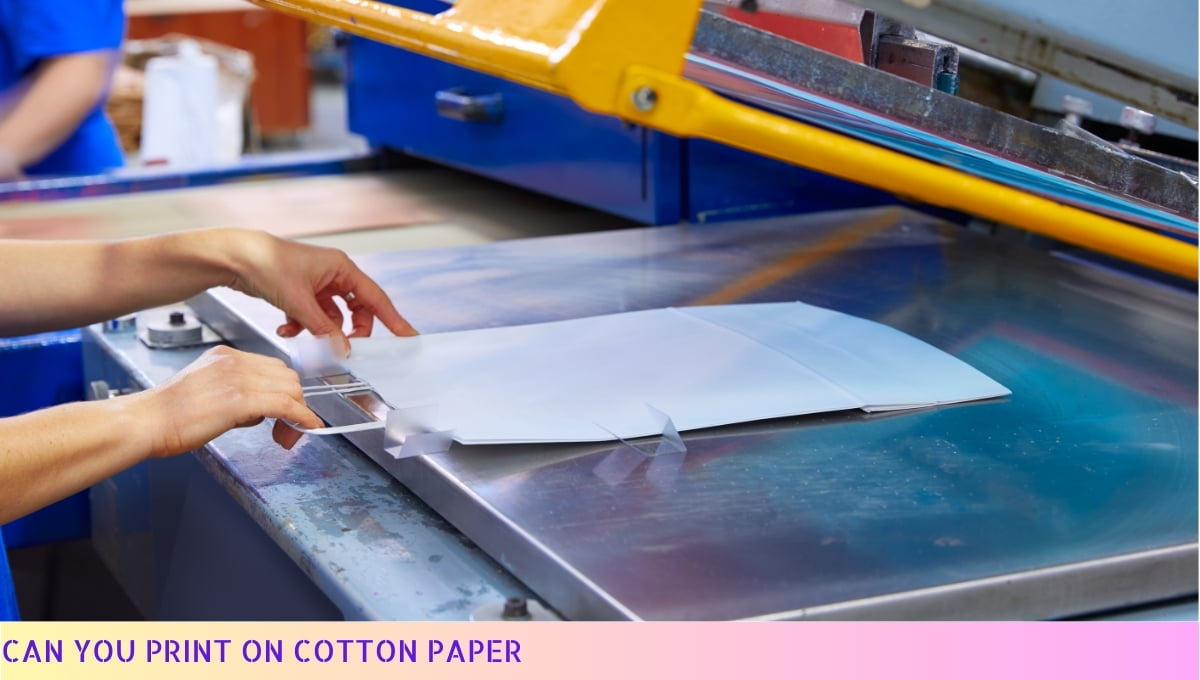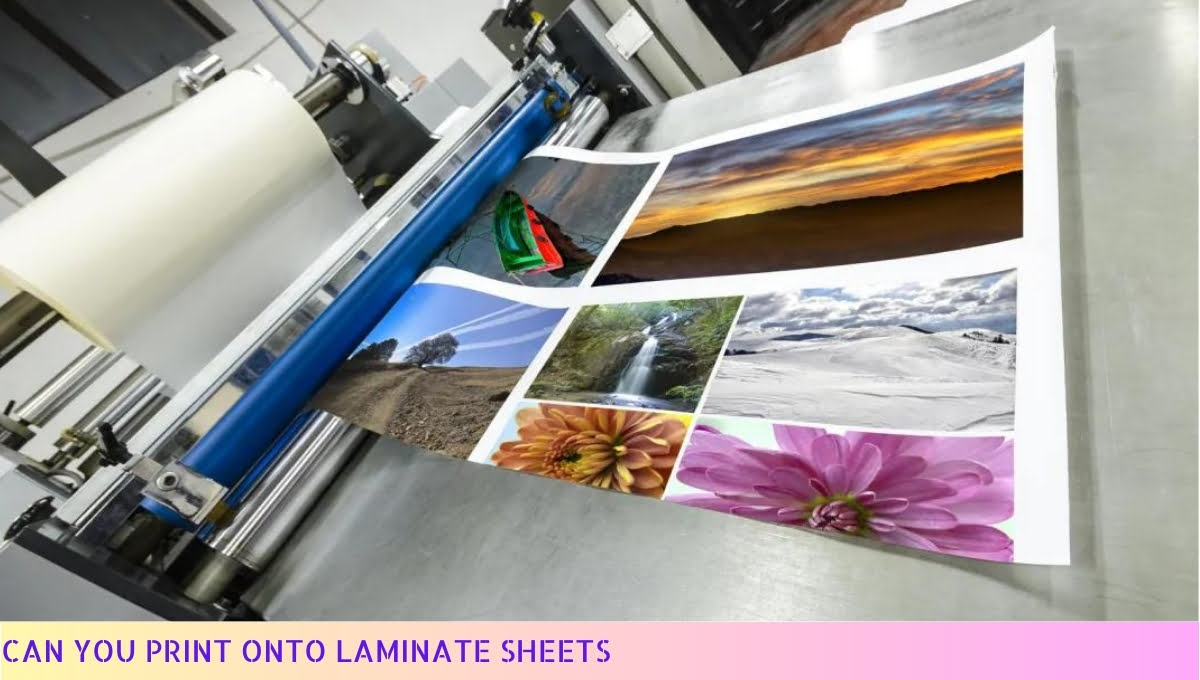Using inkjet photo paper in a laser printer is not recommended.
This is because inkjet photo paper is designed to absorb liquid ink, while laser printers use toner that is fused onto the paper with heat.
The high temperatures in laser printers can cause inkjet photo paper to warp or even melt, leading to poor print quality and potential damage to your printer. For best results, always use paper specifically designed for laser printers.
Can Inkjet Photo Paper Be Used in a Laser Printer?

As a curious user, you may wonder if you can mix and match your printing supplies. Using inkjet photo paper in a laser printer might seem like a convenient option, but there are several factors to consider before doing so.
Understanding Inkjet Photo Paper
Inkjet photo paper is specifically designed to absorb liquid ink from inkjet printers. This type of paper often has a special coating that allows for vibrant colors and sharp images.
The paper is typically thicker than standard printer paper, providing a more professional finish for photographs and high-quality prints.
How Laser Printers Work
On the other hand, laser printers operate differently. They use toner, which is a fine powder, and apply heat to fuse the toner onto the paper.
This process requires paper that can withstand high temperatures without warping or melting. Given these differences, it’s crucial to evaluate whether inkjet photo paper can handle the laser printing process.
Potential Issues with Using Inkjet Photo Paper in a Laser Printer
While it might be tempting to use inkjet photo paper in your laser printer, several potential issues could arise:
- Heat Sensitivity: Inkjet photo paper is not designed to withstand the high temperatures generated by laser printers. This can lead to warping, curling, or even melting of the paper during the printing process.
- Image Quality: Since inkjet photo paper is optimized for liquid ink, the toner may not adhere properly, resulting in poor print quality. You might notice smudging, uneven colors, or a lack of detail in your images.
- Paper Jams: The thickness and coating of inkjet photo paper can lead to feeding issues in a laser printer, potentially causing paper jams that could damage your printer.
- Durability Concerns: Even if the print looks acceptable initially, the durability of the print may be compromised. The toner may not bond well with the paper, leading to fading or flaking over time.
When It Might Work
There are some exceptions where using inkjet photo paper in a laser printer might work, but these scenarios are rare:
- Low-Temperature Settings: If your laser printer has a low-temperature setting, it might reduce the risk of damaging the inkjet photo paper. However, this may not always guarantee success.
- Specific Brands: Some brands of inkjet photo paper claim to be compatible with laser printers. If you’re considering this route, it’s essential to check the manufacturer’s recommendations and user reviews.
Recommendations
After considering the risks, here are some recommendations:
- Stick to Laser-Compatible Paper: For the best results, use paper specifically designed for laser printers. This will ensure optimal print quality and reduce the risk of damage to your printer.
- Test Small Quantities: If you decide to experiment, start with a small quantity of inkjet photo paper. This way, you can gauge how your printer handles it without risking a large batch of prints.
- Monitor Your Printer: If you do try using inkjet photo paper, keep a close eye on your printer. Be ready to stop the printing process if you notice any unusual sounds or paper jams.
Final Thoughts
While it may be possible to use inkjet photo paper in a laser printer, the risks and potential issues generally outweigh the benefits.
For the best results and to protect your investment in your printer, I highly recommend sticking with paper designed for laser printing. Your prints will look better, last longer, and your printer will thank you for it!
Key Differences Between Inkjet and Laser Printers

Understanding the differences between inkjet and laser printers can help you make informed decisions about your printing needs. Here, I’ll break down the key distinctions that set these two types of printers apart.
1. Printing Technology
One of the most significant differences lies in the technology used by each printer type:
- Inkjet Printers: These printers use liquid ink that is sprayed onto the paper through tiny nozzles. The ink absorbs into the paper, allowing for smooth gradients and vibrant colors.
- Laser Printers: Laser printers utilize a laser beam to create an electrostatic image on a rotating drum. This image attracts toner powder, which is then transferred to the paper and fused using heat.
2. Print Quality
When it comes to print quality, both printer types excel in different areas:
- Inkjet Printers: They are known for producing high-quality color prints, especially for photographs and images with intricate details. The ability to blend colors effectively makes them ideal for graphic-heavy projects.
- Laser Printers: While they may not match inkjets in color vibrancy, laser printers excel in producing sharp, crisp text. They are perfect for printing documents and professional materials that require clarity.
3. Speed and Efficiency
Speed is another critical factor to consider:
- Inkjet Printers: Generally, inkjet printers are slower than laser printers, especially when printing large volumes. They may take longer to dry, which can be a concern for bulk printing.
- Laser Printers: These printers are typically faster and more efficient, making them suitable for high-volume printing tasks. They can handle larger jobs without compromising speed.
4. Cost of Operation
Understanding the cost implications of each printer type can help you budget effectively:
- Inkjet Printers: The initial cost of inkjet printers is usually lower, but the ongoing cost of ink cartridges can add up. If you print frequently, consider the price of replacement cartridges.
- Laser Printers: Although laser printers tend to have a higher upfront cost, they often have a lower cost per page due to the longevity of toner cartridges. This makes them a more economical choice for heavy users.
5. Maintenance and Durability
Maintenance requirements can vary significantly:
- Inkjet Printers: These printers require regular maintenance, including cleaning of the print heads and replacing ink cartridges. If not used frequently, the ink can dry out, leading to clogged nozzles.
- Laser Printers: Laser printers generally require less maintenance. They are more durable and can handle higher volumes without frequent issues. However, they do need occasional toner replacement and drum servicing.
6. Paper Handling
The types of paper each printer can handle is also an important consideration:
- Inkjet Printers: These printers can handle a wide variety of paper types, including glossy photo paper, cardstock, and specialty papers. This versatility is a plus for creative projects.
- Laser Printers: While laser printers can also handle different paper types, they are not as forgiving as inkjets. Using the wrong type of paper can lead to poor print quality or paper jams.
7. Ideal Use Cases
Finally, knowing when to use each type can save you time and money:
- Inkjet Printers: Best for home users, photographers, and small businesses that need high-quality color prints and can tolerate slower speeds.
- Laser Printers: Ideal for offices and businesses that require fast, high-volume printing, especially for text documents.
By understanding these key differences, you can choose the right printer for your specific needs, ensuring that you get the best results for your projects.
Whether you prioritize speed, quality, or cost-effectiveness, each printer type has its advantages that cater to different printing requirements.
Potential Risks of Using Inkjet Photo Paper in a Laser Printer

As a friendly consultant, I want to help you understand the potential risks associated with using inkjet photo paper in a laser printer. It’s essential to be informed to avoid any damage or poor print quality.
Understanding the Composition of Inkjet Photo Paper
Inkjet photo paper is specifically designed for inkjet printers, which use liquid ink to produce images.
The paper has a special coating that absorbs the ink, allowing for vibrant colors and sharp details. Here are some characteristics of inkjet photo paper:
- Coating: The surface is often coated with a layer that helps the ink dry quickly and prevents smudging.
- Weight: Inkjet photo paper usually has a heavier weight compared to standard printer paper, which contributes to its premium feel.
- Texture: The texture may vary from glossy to matte, designed to enhance the appearance of printed photos.
Risks of Using Inkjet Photo Paper in a Laser Printer
When you consider using inkjet photo paper in a laser printer, several risks come into play. Understanding these risks can help you make an informed decision:
- Melting Coating: Laser printers use heat to fuse toner onto the paper. The heat can cause the special coating on inkjet photo paper to melt, resulting in:
- Damaged prints that may not adhere properly.
- Papers that may warp or curl due to heat exposure.
- Paper Jams: The thickness and weight of inkjet photo paper can lead to paper jams in laser printers, which are not designed to handle such materials. This can result in:
- Frustration and wasted time trying to clear the jams.
- Potential damage to the printer if jams occur frequently.
- Poor Print Quality: Even if the paper does not jam, the print quality may suffer. Laser printers work best with paper designed for them. You may experience:
- Faded colors or images that lack detail.
- Inconsistent results that do not meet your expectations.
Long-Term Implications
Using inkjet photo paper in a laser printer can have long-term implications not just for your prints but also for your printer itself:
- Printer Wear and Tear: Regularly using inappropriate paper can lead to increased wear and tear on your printer’s internal components. This may result in:
- Higher maintenance costs.
- Shortened lifespan of your printer.
- Cost Implications: While you might save money in the short term by using inkjet photo paper, the potential for damaging your printer or producing unsatisfactory prints could lead to additional expenses:
- Replacement of printer parts.
- Need for reprints on suitable paper.
Alternatives to Consider
If you are looking for high-quality prints, consider using paper specifically designed for laser printers. Here are some alternatives:
- Laser Photo Paper: This type of paper is made to withstand the heat and pressure of laser printing, providing excellent results without the risks associated with inkjet paper.
- Standard Printer Paper: For everyday printing needs, standard printer paper is the safest option. It’s cost-effective and compatible with all laser printers.
In summary, while it may be tempting to use inkjet photo paper in your laser printer, the potential risks outweigh any benefits.
Understanding the differences between the two types of paper and the specific needs of your printer will help you achieve the best results for your printing projects.
Make sure to choose the right paper for your printer to avoid damaging your equipment and ensure high-quality prints every time.
Tips for Using Inkjet Photo Paper in a Laser Printer

As someone who enjoys experimenting with printing techniques, I understand the curiosity about using inkjet photo paper in a laser printer. Here are some practical tips to help you navigate this process effectively.
1. Understand Your Paper Type
Before you even think about loading inkjet photo paper into your laser printer, it’s essential to know the characteristics of the paper you’re dealing with.
Inkjet photo paper is typically coated with a special layer that absorbs ink, whereas laser printers use heat to fuse toner onto the paper. Here are some considerations:
- Coating: Check if the photo paper has a glossy or matte finish. Glossy papers may not handle the heat well.
- Weight: Most inkjet photo papers are heavier than standard paper. Ensure your laser printer can accommodate the weight without jamming.
- Size: Make sure the dimensions of the photo paper match the printer’s specifications.
2. Set Your Printer to the Right Mode
When using inkjet photo paper in a laser printer, adjusting the printer settings can make a significant difference in the outcome. Here are some adjustments you can make:
- Paper Type: Set the printer to the closest match for the inkjet paper type you’re using, such as “Photo” or “Heavyweight” paper.
- Print Quality: Opt for a higher print quality setting to compensate for the differences in how the paper absorbs toner.
- Temperature Settings: If your printer allows, adjust the fuser temperature to prevent the paper from warping or curling.
3. Test Print First
Before going all out with your projects, I recommend doing a test print. Here’s how to effectively conduct a test:
- Use a Simple Design: Start with a basic image or a text document to see how the printer handles the inkjet paper.
- Check for Jams: Monitor the printer closely during the test to ensure it doesn’t jam.
- Evaluate Quality: After printing, assess the quality. Look for any smudging, fading, or color discrepancies.
4. Handle with Care
Once you’ve printed your images or documents, handling them properly is crucial to maintain their quality:
- Allow to Cool: After printing, let the sheets cool down before stacking them. This helps prevent smudging.
- Store Properly: Keep the printed images flat and away from direct sunlight to avoid fading.
- Be Gentle: When handling the prints, be careful not to touch the printed surface too much, as this can lead to fingerprints and smudges.
5. Know When to Stop
It’s important to recognize when using inkjet photo paper in a laser printer may not be worth the effort. Consider the following:
- Quality Issues: If you consistently encounter poor print quality, it might be better to invest in laser-compatible paper.
- Frequent Jamming: If the paper jams frequently, stop using it immediately to avoid damaging your printer.
- Cost-Effectiveness: Weigh the cost of inkjet paper versus laser-compatible options. Sometimes, sticking to the recommended paper is the most economical choice in the long run.
6. Explore Alternatives
If you find that using inkjet photo paper in your laser printer isn’t yielding the results you want, there are alternatives:
- Laser Photo Paper: Invest in high-quality laser photo paper designed specifically for laser printers.
- Hybrid Paper: Some brands offer hybrid papers that work well with both inkjet and laser printers, providing flexibility.
- Consult Manufacturer Guidelines: Always check your printer’s manual for recommendations on compatible paper types.
By keeping these tips in mind, you can navigate the unique challenges of using inkjet photo paper in your laser printer.
Remember, experimentation is part of the journey, so don’t hesitate to try different approaches to find what works best for you!
FAQS: Can I Use Inkjet Photo Paper in a Laser Printer?
Using inkjet photo paper in a laser printer raises questions about compatibility and print quality. This guide provides clarity on whether it’s a viable option for your printing needs.
1. Can I use inkjet photo paper in a laser printer?
While you can attempt to use inkjet photo paper in a laser printer, it is not recommended. The heat from the laser printer can damage the coating on the photo paper, leading to poor print quality or even printer malfunctions.
2. What happens if I use inkjet photo paper in a laser printer?
Using inkjet photo paper in a laser printer may result in smudged images or uneven prints. The toner may not adhere properly, and the paper could warp due to the high temperatures used in laser printing.
3. Is there a specific type of paper for laser printers?
Yes, laser printers are designed to work best with paper specifically labeled for laser printing. This type of paper is made to withstand the high heat and pressure of the laser printing process, ensuring optimal print quality.
4. Can I use photo paper designed for inkjet printers in a laser printer?
Using photo paper designed for inkjet printers in a laser printer is generally not advisable. The materials and coatings used in inkjet photo paper can react poorly to the heat and may damage both the paper and the printer.
5. What types of paper are suitable for laser printers?
Laser printers work well with standard printer paper, card stock, and specialty papers specifically designed for laser printing. These papers are formulated to handle the heat and toner application effectively.
6. Can I print on both sides of the paper with a laser printer?
Yes, most laser printers support duplex printing, allowing you to print on both sides of the paper. However, make sure to use paper that is compatible with double-sided printing to avoid issues.
7. Will using the wrong paper damage my printer?
Using paper not designed for laser printers can potentially damage your printer. It may cause jams, overheating, or other malfunctions due to the paper’s inability to withstand the printer’s heat and pressure.
8. What should I do if I accidentally used inkjet paper in my laser printer?
If you’ve accidentally used inkjet paper in your laser printer, check for any jams or damage. Remove the paper immediately and clean the printer if necessary. Avoid using inkjet paper in the future to prevent issues.
9. Can I mix different types of paper in one print job?
Mixing different types of paper in one print job is possible, but it is advisable to stick to paper that is compatible with your printer. This ensures consistent print quality and reduces the risk of paper jams.
10. How can I ensure the best print quality with my laser printer?
To achieve the best print quality with your laser printer, always use paper that is specifically designed for laser printing. Additionally, regularly maintain your printer and use high-quality toner cartridges to enhance performance.
Wrap Up
Using inkjet photo paper in a laser printer can lead to unsatisfactory results due to differences in printing technology. Inkjet paper is designed to absorb liquid ink, while laser printers use heat to fuse toner onto paper.
This mismatch can cause smudging or curling, compromising the quality of your prints. It’s best to use paper specifically designed for laser printers to achieve the sharp, vibrant images you desire.
If you’re ever in doubt, always check the specifications of your printer and the type of paper you plan to use. Investing in the right materials can save you time and frustration while ensuring your printed photos look their best.
Thank you for taking the time to read this! I invite you to revisit our website for more insights and share this with friends who might find it helpful. Your support means a lot! 😊

